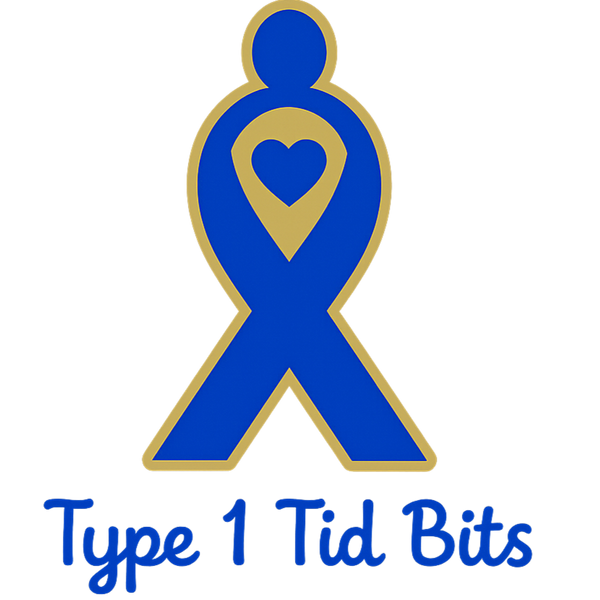Thanks to advances in insulin, technology, and education, more people with type 1 diabetes (T1D) are living long, full lives (which we're all pretty pumped about!!) . But managing diabetes in your 60s, 70s, and beyond comes with new challenges—and opportunities. Aging can affect how your body responds to insulin, how you count carbs, and how you balance quality of life with blood sugar goals.
This guide explores the key things to know about carb counting, insulin adjustments, and staying healthy after age 70.
How Aging Affects Diabetes Management
1. Changes in Insulin Sensitivity
As we age, muscle mass often decreases and fat tissue increases, which can make the body more resistant to insulin. On the other hand, some older adults experience increased sensitivity due to lower food intake or changes in activity levels.
Takeaway: Carb counting and insulin ratios may shift in either direction, and regular reviews with your diabetes team become even more important.
2. Metabolism and Carb Needs
-
Calorie and carb requirements may decrease with age.
-
Appetite changes, dental issues, or digestive conditions can alter eating patterns.
-
Meals might become smaller and more frequent, changing how carbs are spread across the day.
Takeaway: Carb counting helps you fine-tune meals to meet changing nutritional needs without causing highs or lows.
3. Risk of Hypoglycemia
Older adults may be more vulnerable to severe hypos due to slower counter-regulatory responses and sometimes blunted awareness.
Carb counting helps by:
-
Preventing over-dosing insulin for meals.
-
Ensuring snacks are timed appropriately.
-
Allowing adjustments based on activity levels (like gardening or walking).
Carb Counting Tips After 70
-
Stick to Familiar Carbs: Choose foods you know well so carb counts are easier to estimate.
-
Prioritise Fibre: Whole grains, vegetables, and beans help digestion and keep blood sugar steadier.
-
Small, Balanced Meals: Spacing carbs evenly across the day avoids big spikes and dips.
-
Keep Backup Snacks Handy: Glucose tablets or small juice boxes are essential in case of hypos.
-
Use Technology Wisely: CGMs and smart insulin pens can make carb counting simpler and safer.
Insulin Adjustments in Later Life
-
Review ratios regularly: Insulin-to-carb ratios may change with shifts in sensitivity.
-
Simplify if needed: Some older adults benefit from simplified insulin regimens to reduce hypo risk.
-
Account for other medications: Blood pressure, cholesterol, or heart medications can sometimes interact with diabetes management.
-
Exercise gently but regularly: Even walking or light strength exercises help keep insulin working effectively.
Quality of Life Beyond the Numbers
Aging with T1D isn’t just about carb counts and insulin units—it’s about enjoying life.
-
Food enjoyment: Carb counting allows flexibility to still enjoy cultural foods, treats, and social meals.
-
Social connections: Dining out and family events are easier when you’re confident with carb estimates.
-
Independence: Staying engaged with diabetes technology and carb counting can support independence for longer.
Final Thoughts
Aging with type 1 diabetes presents new challenges, but also new strengths: decades of experience managing blood sugars, knowing your body, and adapting. By fine-tuning carb counting, adjusting insulin, and prioritising quality of life, people with T1D can thrive well into their later years.
Remember: diabetes care evolves with age, and so should your approach. Review your carb needs, insulin settings, and lifestyle regularly with your healthcare team to stay on track.

